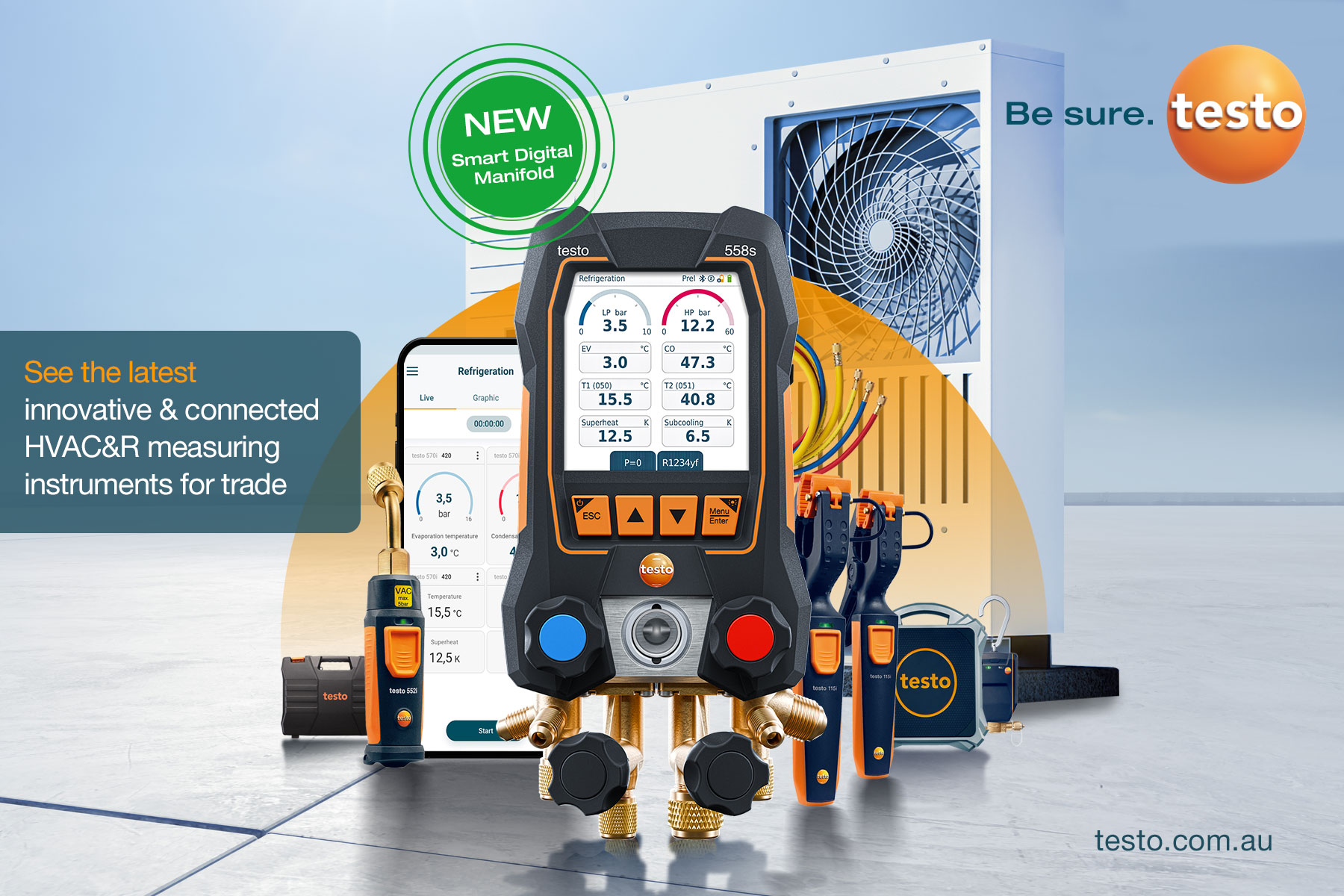A project involving CIBSE ANZ and AIRAH is analysing a UK methodology for calculating embodied carbon in building services, and adapting it for Australia.
Embodied carbon is defined by the World Green Building Council as carbon emissions associated with materials and construction processes throughout the whole life-cycle of a building or infrastructure. This includes the emissions created to manufacture building materials and get them into the building (upfront carbon); the emissions created in maintaining or refurbishing them (use-stage embodied carbon); and the emissions created when the materials are decommissioned or when the building is demolished (end-of-life carbon).
These emissions have a significant environmental impact, and in relative terms, their impact is growing. Operational emissions are falling as the grid decarbonises; however, this is not the case for emissions related to embodied carbon. The recent GBCA report Embodied Carbon & Embodied Energy in Australia’s Buildings notes that, without action, embodied carbon will be responsible for 85 per cent of Australia’s built environment emissions by 2050.
The importance of building services
So far, work around embodied carbon has focused on the major construction materials: concrete, steel, aluminium, clay bricks and tiles, and plasterboard. But building services also make a significant contribution to a building’s embodied carbon. TM65 – Embodied carbon in building services: a calculation methodology notes that mechanical, electrical and public health (MEP) systems could account for up to 27 per cent of embodied carbon in new builds, and up to 75 per cent in retrofits.
TM65 was developed by CIBSE to help engineers consider the carbon embodied in building services systems. The calculations, however, were created in a European context. Now, a technical working group has been created in Australia to localise TM65.
According to Senior Engineer – Sustainability at A.G. Coombs Advisory, Andrew Nagarajah, building services may contribute a significant portion of a building’s total embodied carbon.
“A key factor is the typically high replacement rate of MEP fittings and equipment over a building’s full life-cycle compared with relatively inert features such as building structure and façade,” he says.
“This high replacement rate, when paired with the significantly higher embodied carbon intensities of typical MEP components and materials, means that the cumulative embodied carbon of MEP materials over a building’s life-cycle could well be comparable to non-MEP shell and core materials for new builds, and may constitute a significant majority of whole-of-life embodied carbon for retrofit projects.”
A mix of materials
Unlike the major construction materials, building services are generally composites, containing many materials of embodied carbon significance.
“These could include metals such as aluminium, copper, titanium and other alloys used for heat exchangers,” says Nagarajah. “Refrigerants, particularly those with high global warming potential (GWP). Various metals and alloys used in lighting fixtures and electrical components, such as printed wiring boards. Insulation materials. Silicon used in photovoltaic panels. PVC and other plastics used for pipework, conduits and cable insulation. The list goes on.”
In terms of refrigerants, the embodied carbon value reflects the fact that some refrigerant will inevitably be released during its production; during its operation, through leakage – often as a result of poor system maintenance; and finally, as a result of poor end-of-life disposal practices.
“The embodied carbon impact of refrigerants is then compounded where multiple life-cycles of refrigerant-based equipment occur during a building’s life-cycle,” says Nagarajah.
Some popular systems that hold larger charges of refrigerant, such as VRF systems, may not be so sustainable once the embodied carbon is taken into account. Interestingly, maintenance regimes are also considered when calculating embedded carbon for HVAC&R systems.
Country-specific calculations
To localise TM65 for Australia, the technical working group is investigating the assumptions underneath the methodology. For example, compared to European countries, Australia still relies heavily on fossil fuels to generate electricity, meaning that more emissions are created at some parts of the life-cycle. Emissions from transporting materials are also greater in Australia, because of the size of our country, and because much of the equipment is imported.
Nagarajah says that although measuring embodied carbon in building services is a complex task, there are some big wins on offer.
“As always, prevention is the best cure,” he says. “Designing-out or minimising refrigeration-based systems through improved building fabric performance and avoidance of oversizing air conditioning plant are fundamentally sound strategies, perhaps with a newfound application where refrigerant-based electric heat pump technology is implemented to replace natural gas-fired heating plant as part of the net-zero emissions movement.
“Where refrigerant-based systems are inevitably required, adopting low-GWP or natural refrigerant technologies, as well as improved refrigerant management practices – particularly at the equipment end of life – are straightforward ways our industry can achieve significant embodied carbon wins.”
Nagarajah says that perhaps the biggest win is simply a renewed focus on the whole-of-life carbon of building services.
“This will facilitate improved metrics around MEP embodied carbon,” he says, “and thereby assist designers in making more informed decisions for the ultimate benefit of the environment.”



Leave a Reply